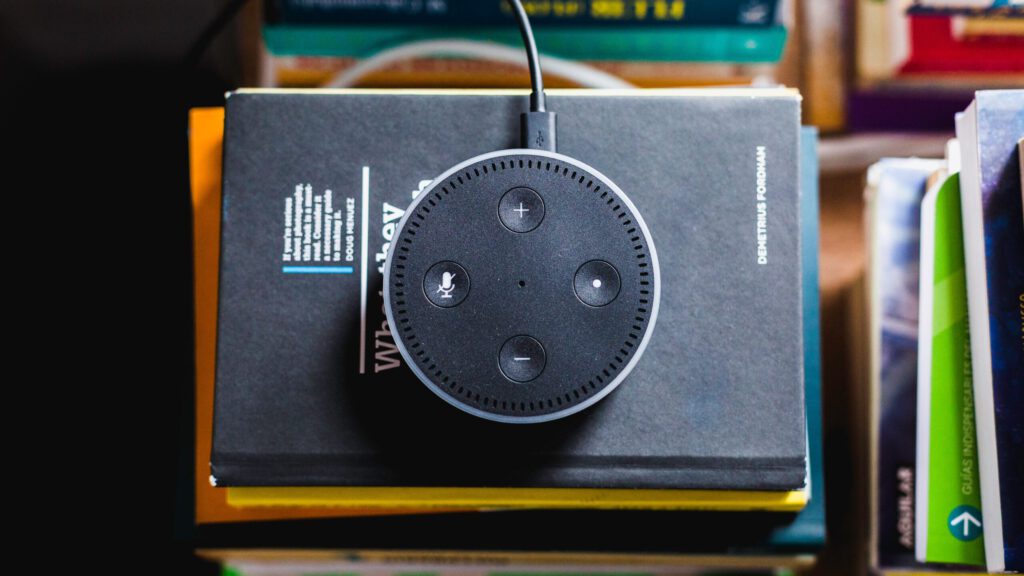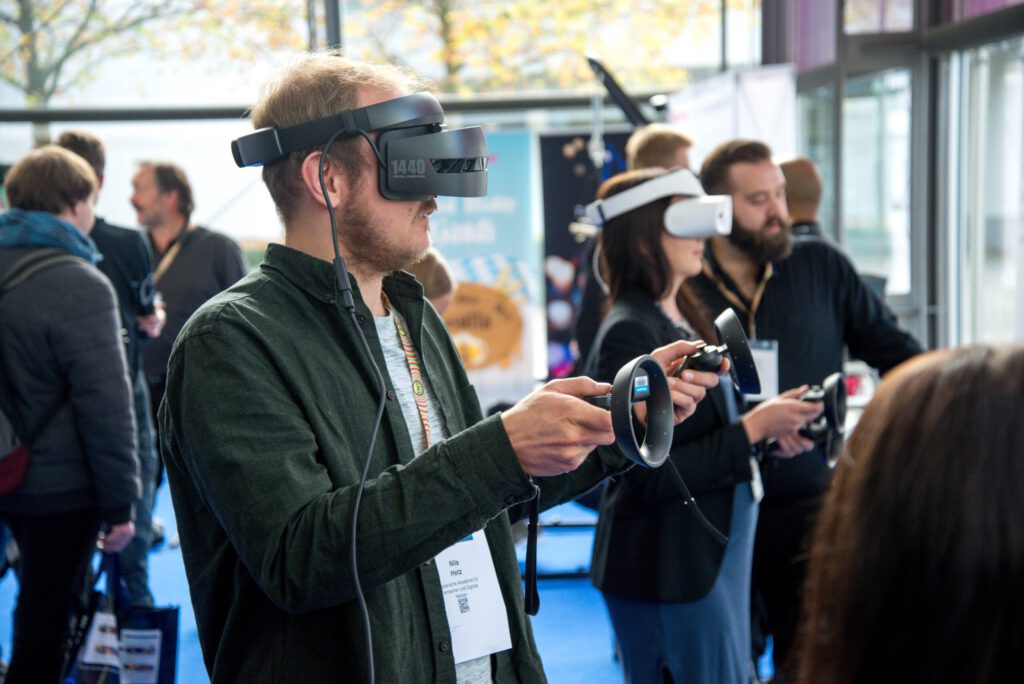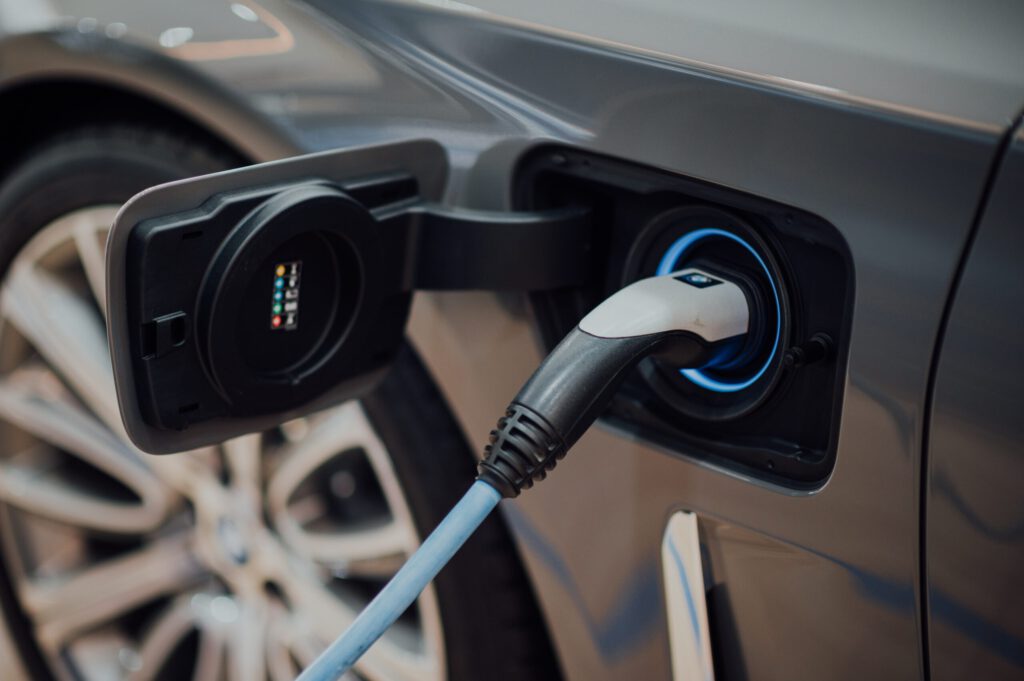Just as everybody is getting used to one technology in their day-to-day life, another is on the horizon. Many new technologies often seem scary when they are first introduced. We fear for our health, our safety, and our privacy. As time often reveals, though, the fears are usually unfounded and we come to love and embrace the new technologies like they were always part of our lives.

Fingerprint Login
Biometric security systems—security authentication using elements unique to a person’s biology such as fingerprints or irises—were once purely seen as the territory of high-security facilities and the big screen.
When fingerprint login technology first started making it to the consumer market, people were worried that it both wouldn’t be secure, conjuring images of spies using sticky tape to lift prints, and would put their uniquely personal data at risk from big corporations. The first fingerprint login enabled consumer device was released back in 2004, the Pantech GI100, but it wasn’t until 2013 with the iPhone 5S that the world truly began to embrace the technology. Nowadays, it’s hard to think of unlocking a phone without it.

Voice Search
Voice search is now a feature of many of the things we do; it’s in our phones, tablets, computers, and even our homes with the like of Google Assistant, Amazon Alexa, and Apple’s Siri.
But when it was first conceived people were apprehensive that voice search technology would lead to various companies listening in to everything we do and using that information pushed even more targeted, and unwanted, marketing at us.

Cryptocurrency
Cryptocurrency is only just over a decade old, and for a long time was seen as a niche gimmick for tech-orientated users. People never thought it would become a genuine currency, and were scared that it’s purely digital nature would make it easy for your hard-earned money to simply disappear at a moment’s notice—we’ve all suffered from data loss before.
Cryptocurrencies have had their ups and downs, but today cryptocurrencies are used to accept payments by some of the largest companies in the world such as Microsoft, AT&T, and Wikipedia, with many more companies run trials in certain areas.

Virtual Reality
People may never really have been scared of virtual reality, but it was meant with a fair degree of scepticism. Outside of a few very niche cases in places like Disney World, virtual reality technology was largely seen as a gimmick with no real-world applications. As the technology developed and became more affordable, people soon discovered that virtual reality has a wide variety of uses.
Today, virtual reality systems are used in almost every industry, from entertainment to design. Businesses such as home renovation or developers are able to create VR walkthroughs to allow customers to see their designs virtually before the build physically starts.

Self-Driving Cars
Self-driving cars were decidedly seen as a technology of the future. They sound great in theory, who wouldn’t want to be chauffeured to work in the morning while sitting back and relaxing with a coffee?
But they also came with fears of automated cars driving people off the road and causing fatal crashes. While self-driving cars haven’t quite become commonplace yet, they are well on their way to becoming so.
Trials are running around the world from several major car manufacturers and so far, the technology is as safe as we could possibly hope for and is only getting safer and more efficient as time goes on.

Electric Cars
When the concept of electric cars was first introduced people weren’t exactly thrilled at the prospect, and their fears weren’t unfounded. Initial models were underpowered and had an incredibly short range. Adding to which charging stations were few and far between, meaning that if you did run out of power, you risked being stranded.
The technology has moved a long way in a short few years, and electric and hybrid cars now are the transport of choice for many people around the world. They compete toe-to-toe with traditional cars on features, power, and range, and charging stations have become mainstream in both rural and urban settings.
Most of these technologies have only risen to become commonplace in our lives over the past few years. In that time, they have gone from the thing we were fearful or apprehensive about to things we have learned to rely on every single day. It’s impossible to tell what the next technological leap will be, and which of them will be the next thing we all grow to find invaluable in our lives.

Story By Felix Yim










